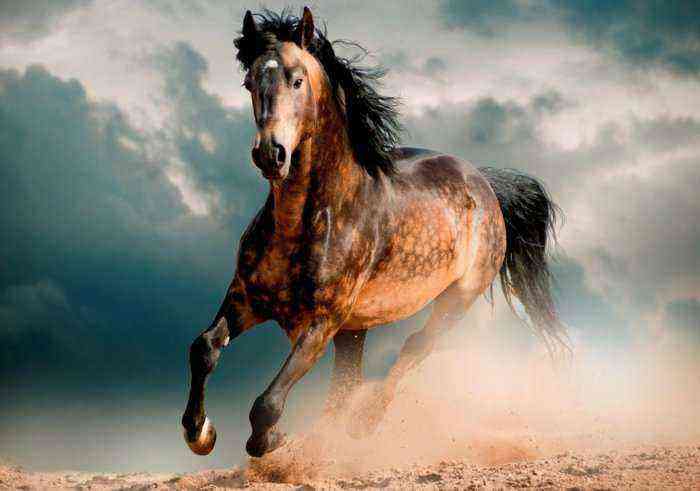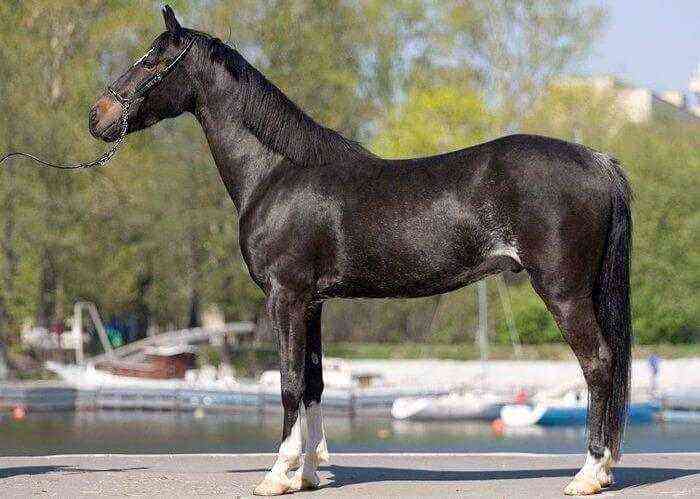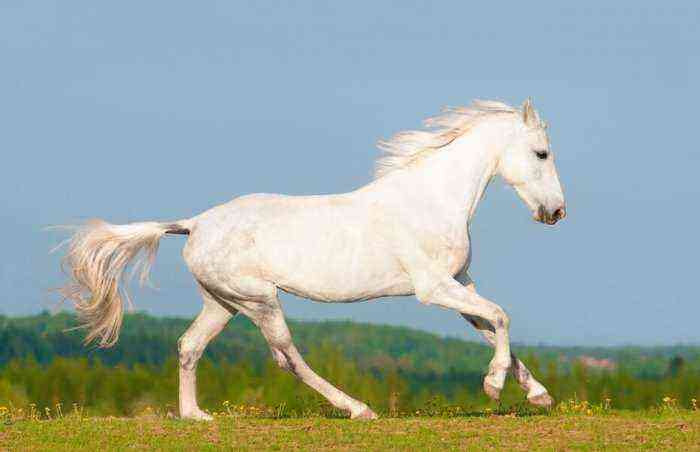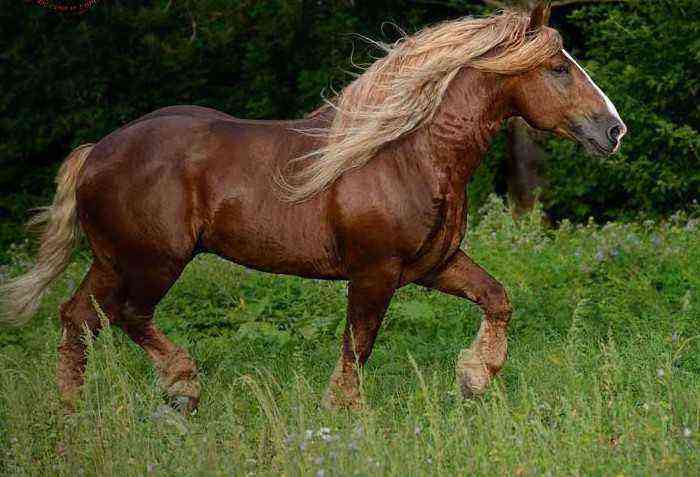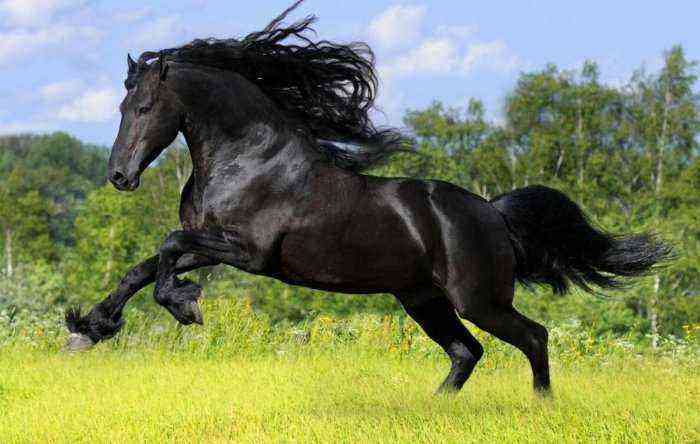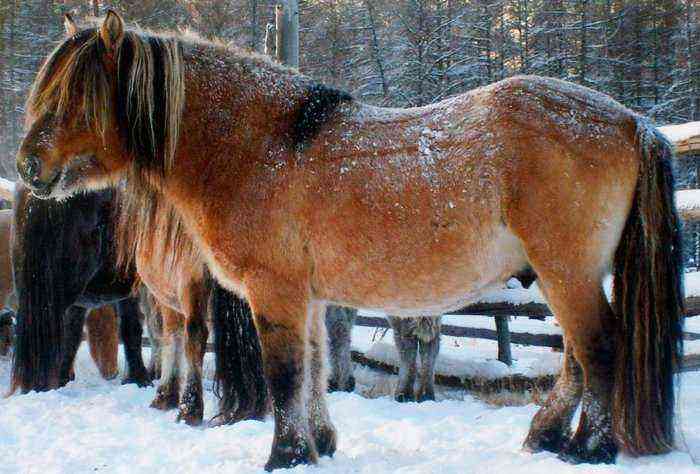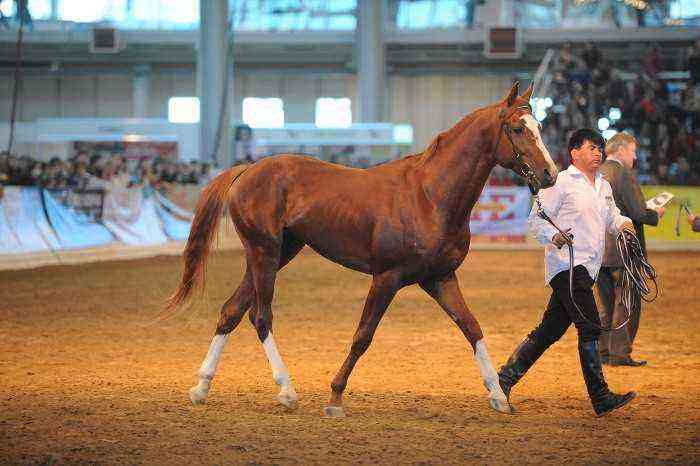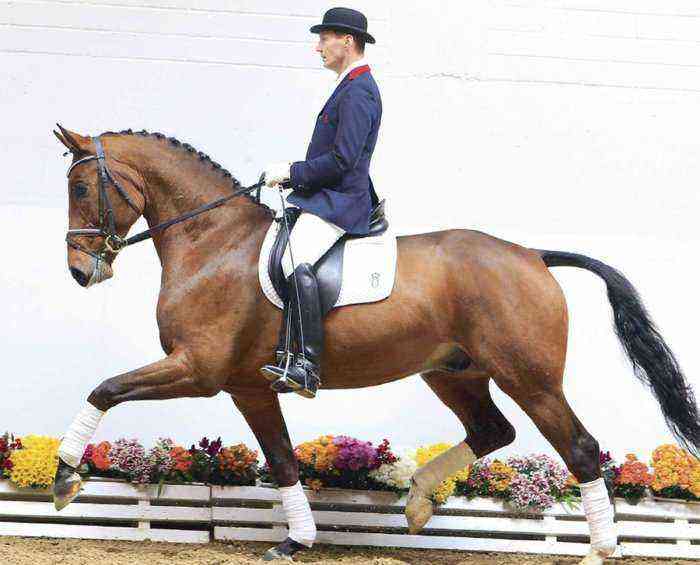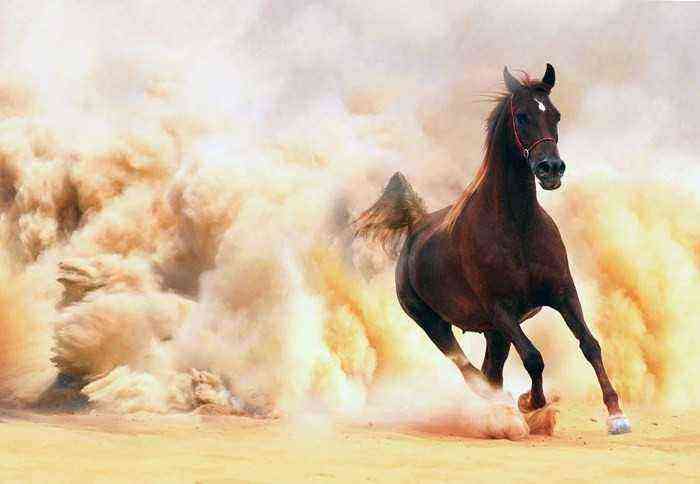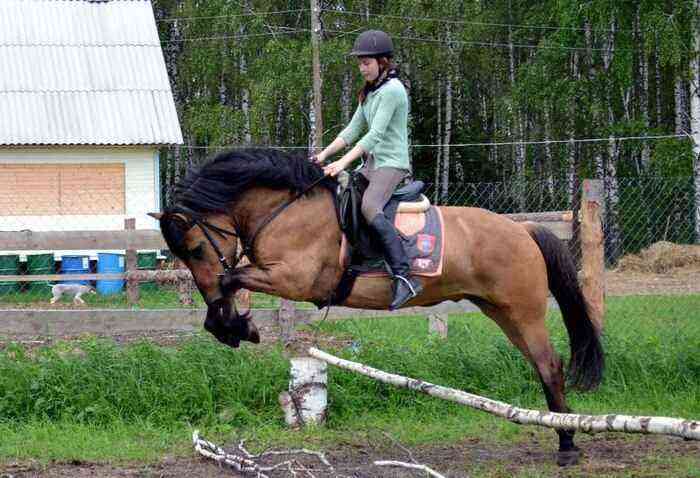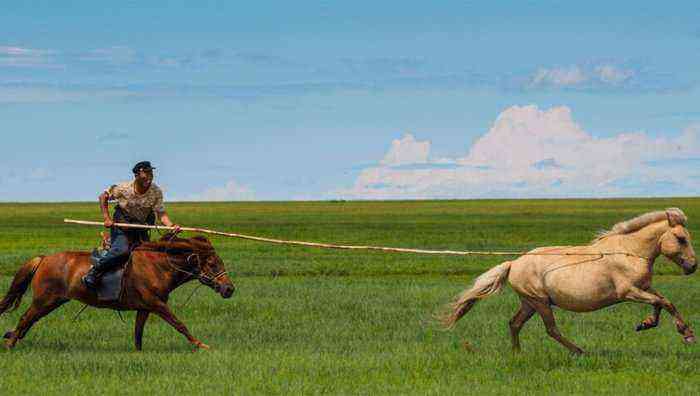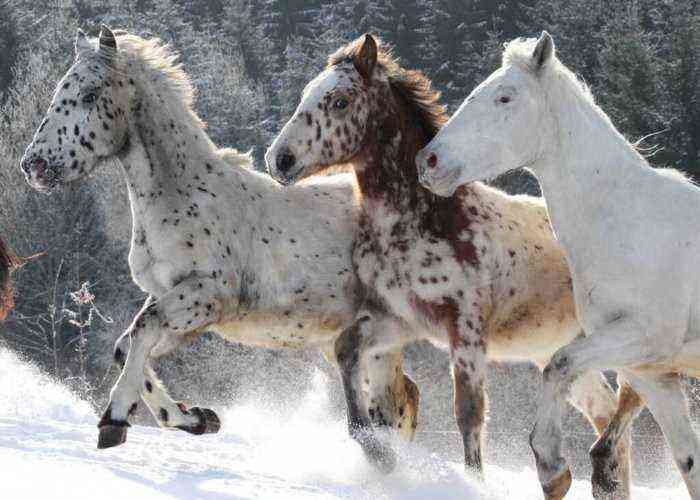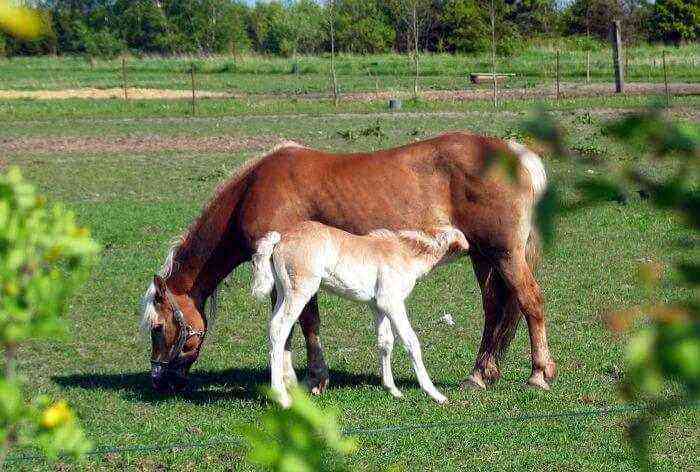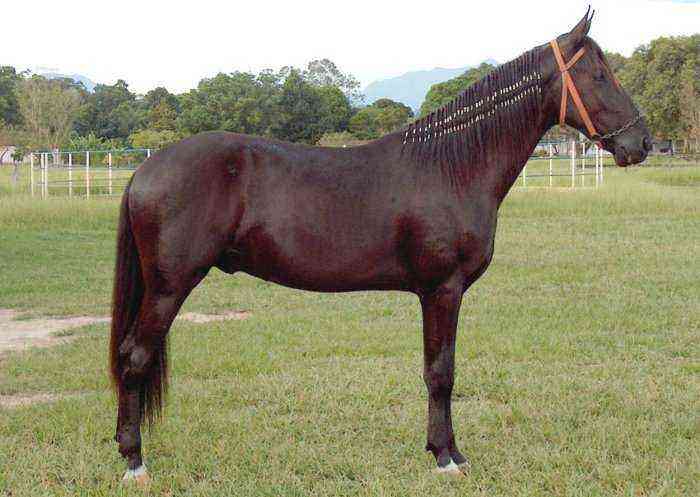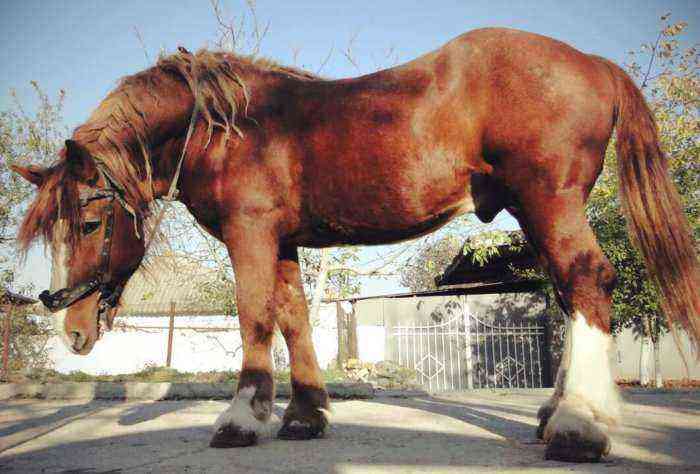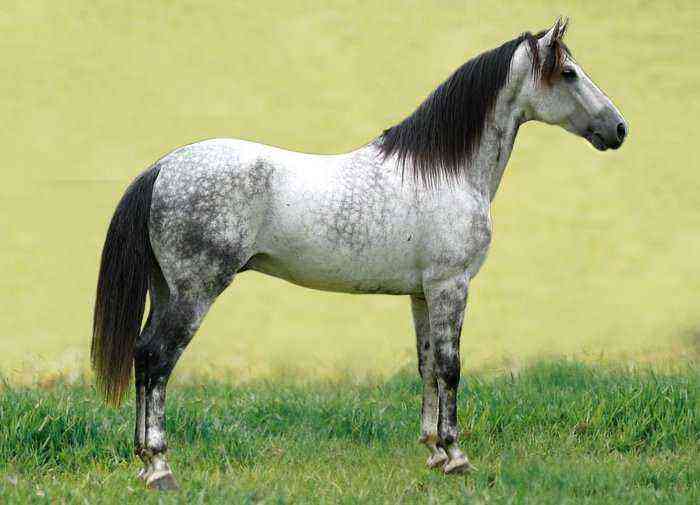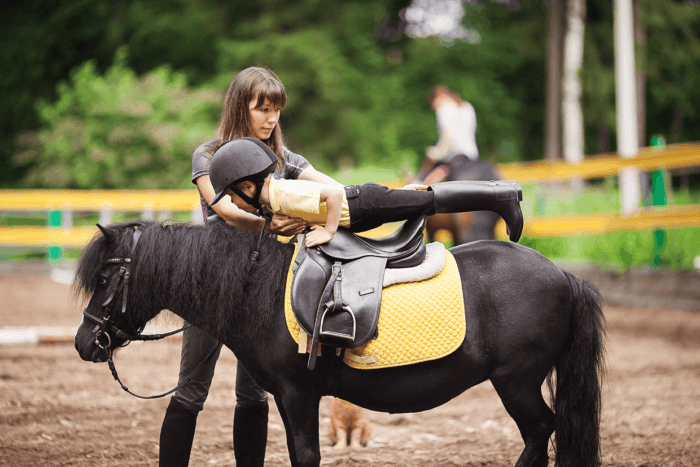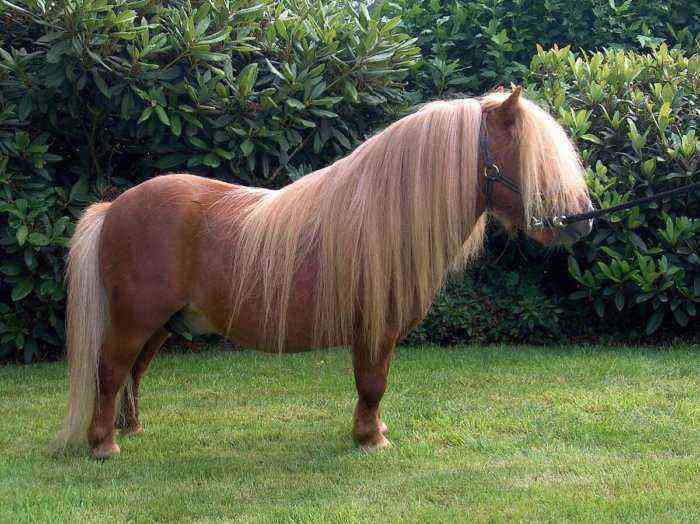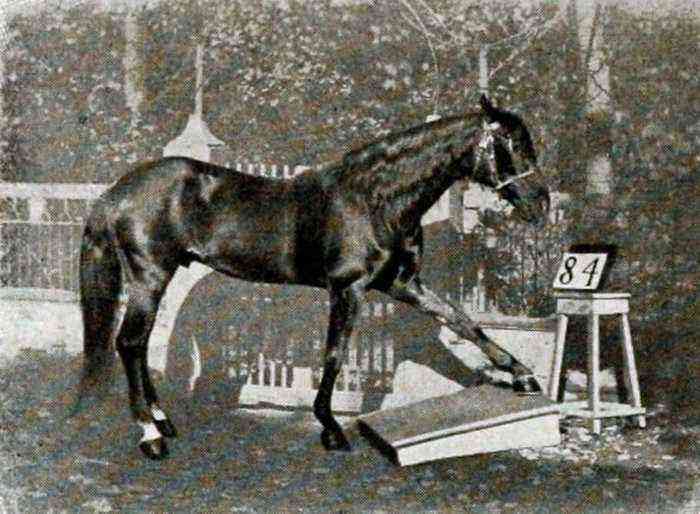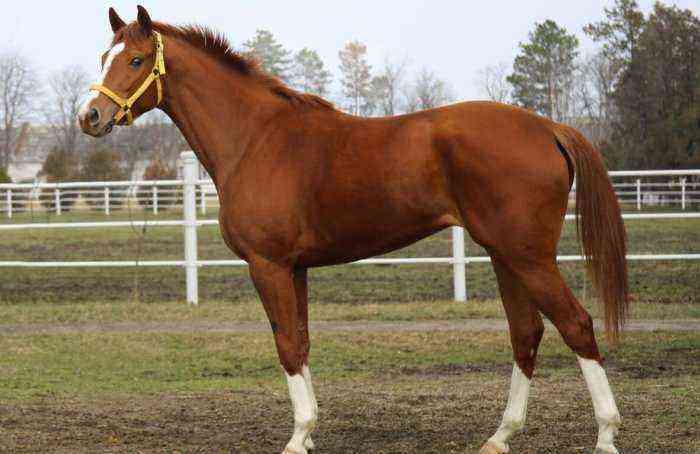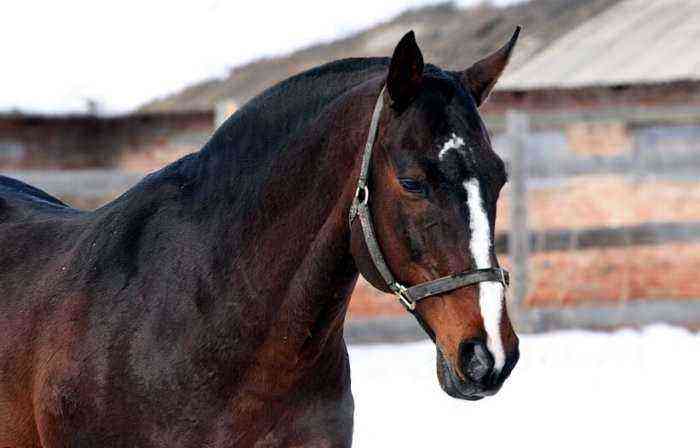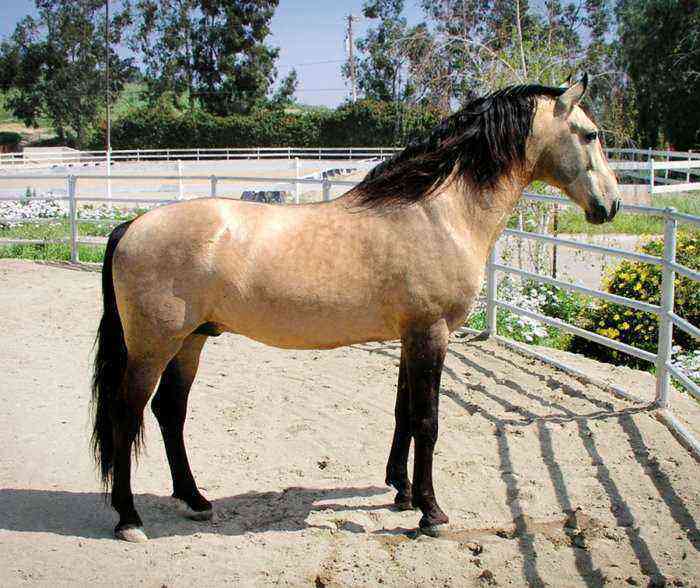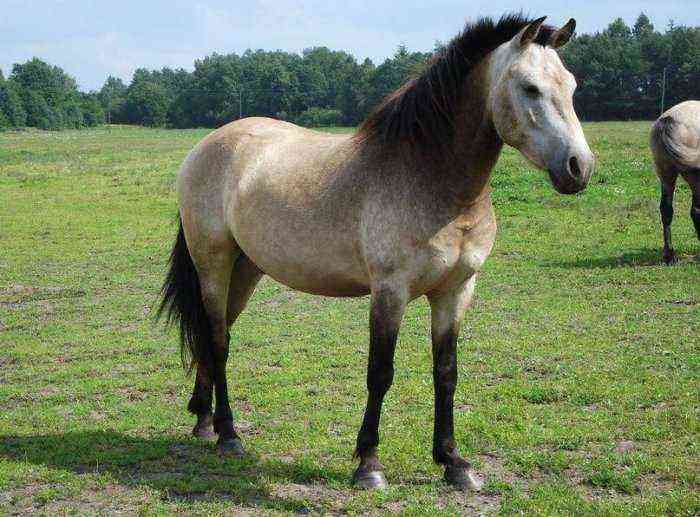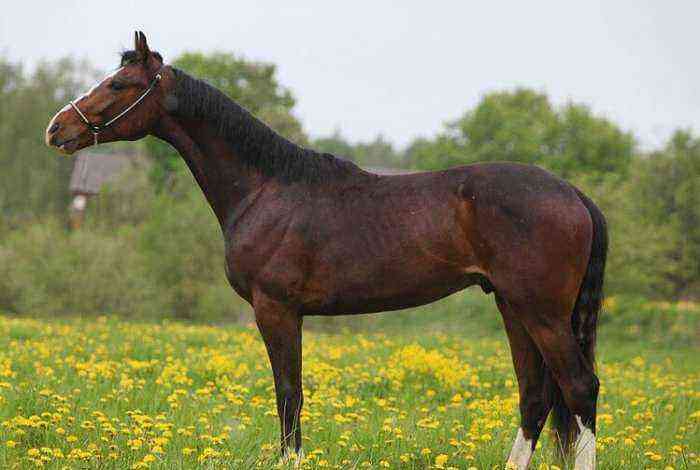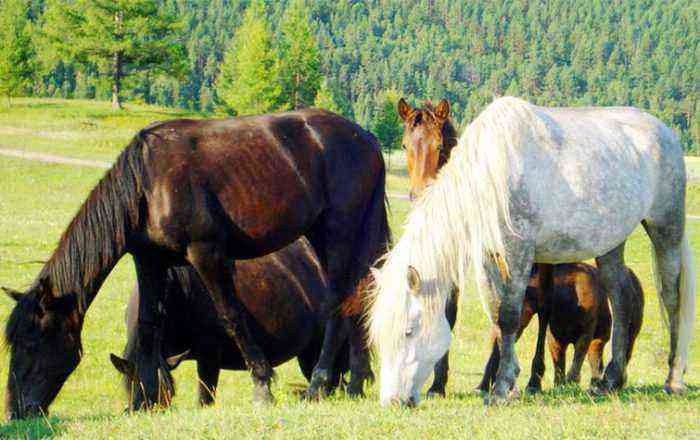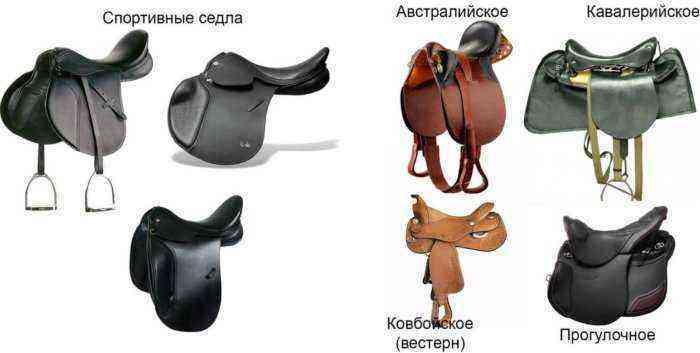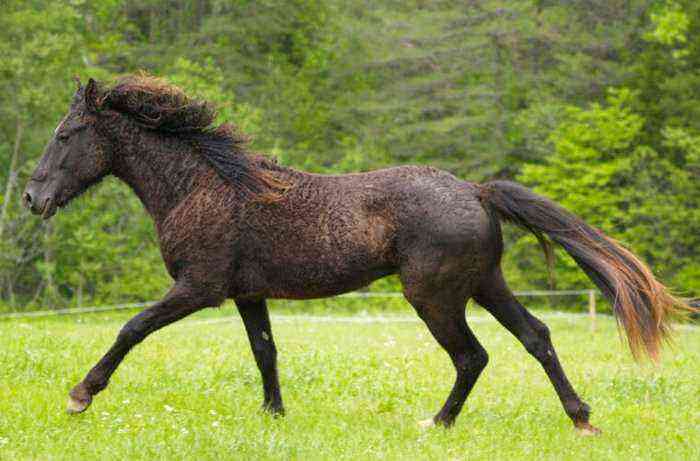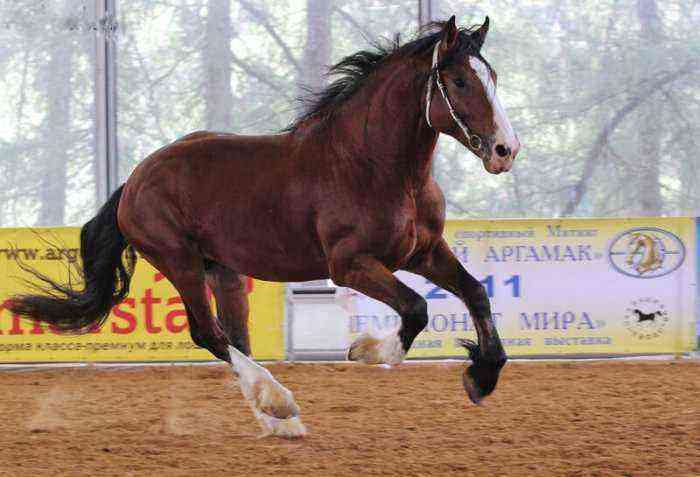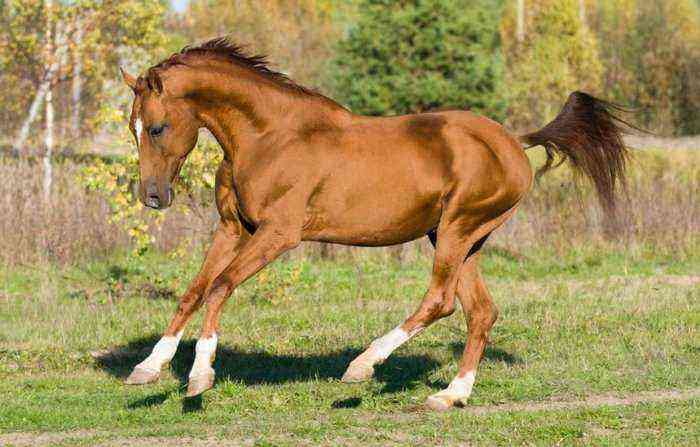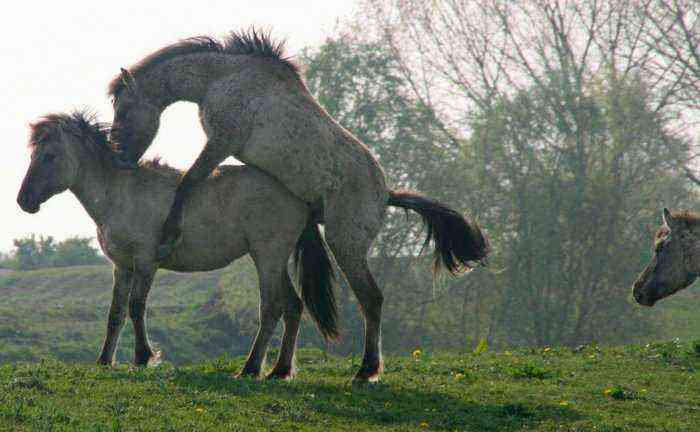Akhal-Teke horses are one of the most famous horse breeds in Asia. They gained high popularity due to their elegant and spectacular appearance, proud masterful disposition, good endurance. But, it is worth noting that even among the representatives of this breed line, the Akhal-Teke horse of the Isabella suit is considered a real rarity and is highly valued. This color perfectly emphasizes the physique of the animal and gives it a special nobility.
Ахалтекинец
History of the origin of the breed
The history of the Akhal-Teke people is very rich and has more than 3,5 thousand years. The very first representatives of this breed were bred in ancient Persia. On the territory of present-day Iran, the local population sought to bring out a large and fast horse that could be used in a war chariot. The results of their work interested the inhabitants of North Africa and Asia, as a result of which the breed began to spread rapidly in these territories.
In parallel with the formation of their state, the Persians continued to develop their cavalry. The Nisei horses, which they constantly improved, were striking in their growth, strength and speed. On the basis of this pedigree line, detachments of the heavy combat cavalry of Persia were formed.
Over time, the Parthian kingdom developed on one of the territories of the Persians. Its inhabitants also highly valued and improved the horses, which were bred on the basis of the Nisean.
The development of the breed since the beginning of our era
The oldest images of horses, whose appearance is completely similar to modern Akhal-Teke horses, date back to the XNUMXst-XNUMXnd century AD. e. They were created by the inhabitants of the ancient state of Davan, who bred horses and were famous for their skillful horse archers.
Some evidence suggests that such horses were even the cause of repeated attacks on the country by the Chinese Empire. The goal of the invaders was to get at their disposal as many local horses as possible, which were highly appreciated by the emperor of China.
In the middle of the XNUMXst millennium, Turkic tribes dominated the entire territory of present-day Iran and neighboring states. Together with the main lands, most of the herds of the local population also passed to them. It was during the times of the tribes that the breed was finally formed, in honor of which the name “Akhal-Teke” appeared much later, which consists of two words:
- “Akhal”, which is the name of the local oasis where the breed was formed.
- “Teke”, which conveys the name of one of the Turkic tribes.
The Turks treated their horses with extreme respect and care. Success in constant wars with neighboring tribes directly depended on how fast, strong and obedient the horse was. And since there were only desert and mountains around the oases in which they lived, the Akhal-Teke horses were formed only within the breed, without the influx of third-party blood.
It is worth noting that the cultivation of horses in the Turkic tribe at that time assumed a number of features:
- Horses were mostly kept in yards. Each family, as a rule, had no more than two horses.
- From birth, foals were surrounded by care and affection. They actually became members of the family.
- Training began only when the foal grew up.
- Since the weather in the desert was changeable, the horses were constantly covered with a blanket made of felt, which protected the animal’s body from temperature extremes, heat and cold.
- There was little water in the oasis. In this regard, the cleaning of the horses was carried out at the expense of hot sand baths.
- Akhal-Teke horses were fed at the expense of high-calorie feed. But they fed the animals in small portions. Due to the lack of vegetation, horses were often fed special cakes, which included fat tail and crushed grain.
Reference. There is evidence that in order to develop maximum fidelity in the horse, the owners of the foals often asked their acquaintances and friends to come and offend the animal in every possible way. Against the background of such grievances, care and affection on the part of the owner developed the horse’s loyalty and devotion to the owner.
As for the isabella suit of the Akhal-Teke, it can be traced in the breed from its origins. In one of his works, the famous philosopher Herodotus, describing the Nisean horses, testifies to horses with a light, yellowish color, similar to Isabella. At one time, the soldiers of Alexander the Great said that during their campaigns they saw horses whose color was similar to the color of the morning dawn.
Official Recognition
Among the Turkic tribes, writing did not have a sufficient level of development. It is for this reason that information about the pedigree of stallions and mares was transmitted from father to son in verbal form. The first attempts to record all these data were made only at the end of the 1941th century. On the basis of these records, in XNUMX, a full-fledged pedigree book of the Akhal-Teke breed was drawn up, and it was officially recognized.
As for Russia, the first Akhal-Teke horses appeared on its territory back in the time of Ivan the Terrible. Here they, like many other oriental horses, were called argamaks. Such animals were highly valued by local breeders. Several private stables were formed that exclusively bred these horses. In addition, such horses were widely used to improve the Don, Oryol and Streltsy pedigree lines.
During the Soviet era, Soviet breeders worked to improve the exterior and performance characteristics of the Akhal-Teke. They managed to increase the growth of the animal and further harmonize its physique. In addition, breeders also managed to significantly increase the number of such horses.
Today, Akhal-Teke horses are massively bred at some stud farms in the Moscow region and in the Stavropol Territory.
Exterior
The appearance of the Akhal-Teke horse of Isabella suit is truly exotic and elegant.
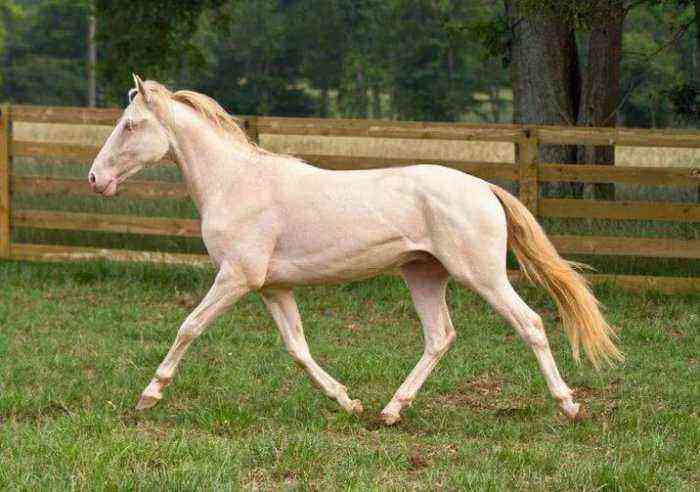
The appearance of the Akhal-Teke horse of isabella color
The growth of stallions of this breed line varies from 150 to 157 cm. For the lightness and dryness of the physique, horses were often called desert hounds. In the exterior of animals, the following features can be traced:
- high, in comparison with other oriental horses, growth;
- strong straight back;
- narrow and shallow chest;
- high withers;
- convex, well-developed croup;
- curved swan neck of medium size;
- graceful light head with a straight profile and long erect ears;
- dry legs with developed tendons and small hooves;
- the tail is of medium length and low set.
The mane of Akhal-Teke horses is most often of medium length, but its complete absence is also often found in representatives of the breed. The Akhal-Teke skin is thin. Under it, blood vessels, muscles and bones are easily palpated. On top of the skin is covered with soft, silky fur. Under the sun, it forms a unique metallic luster, which gives the appearance of the animal a special nobility.
It is worth noting that the isabella suit in the breed is quite rare. In addition to it, there are horses with red, black, nightingale, playful and bay colors.
Character
The character of the Tekins is temperamental and energetic. They can also be described as proud and rather headstrong animals. They are frisky, love constant movement, but do not tolerate insults from a person. Separate historical finds indicate that such horses often helped the rider in battle, actively biting and kicking other horses with their feet.
In parallel with these qualities, it should be noted that the Akhal-Teke horses are extremely smart and reserved. They are easily accustomed to various commands, quickly recognize what others want from them. The sensitivity of the animal allows him to easily guess the mood of the rider.
But of course, one of the main qualities inherent in all Akhal-Tekes is their unusual attachment to the owner, which is already transmitted in the breed at the genetic level. Such a horse unquestioningly listens to the owner, while being distrustful of strangers. But this quality also contributes to the fact that the transition of a stallion from one owner to another is extremely painful for the animal, accompanied by oppression and disobedience. Best of all, such horses realize themselves under the saddle of a single owner.
Description of the isabella suit
The history of the name of such an unusual suit is closely intertwined with the well-known myth in which Queen Isabella of Spain appears. Allegedly in the XNUMXth century, when wars raged in Europe, the queen promised King Albrecht of Austria that until he captured one of the Belgian ports, she would not take off her nightgown. The king threw most of his forces into the capture of the city, but its inhabitants resisted and endured a siege for three years, after which they surrendered the city.
As the myth testifies, the young queen nevertheless kept her promise. But, of course, over such a long period of time, Isabella’s shirt became yellowish and very tarnished. And since horses of similar color were extremely popular in Spain, at a time when the news of the queen’s kept promise was on everyone’s lips, such a name was attached to the suit. It is also often referred to as “Isabella’s shirt”.
Of course, this myth has no historical evidence. But it is reliably known that the queen was extremely fond of horses with this color. In her stable there was a whole collection of such horses, among which there are many Akhal-Teke horses.
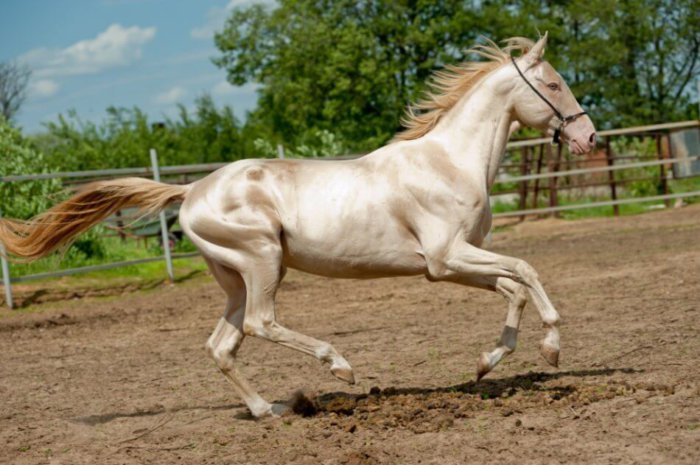
Appearance of the Akhal-Teke
Isabella suit includes the following features:
- harmonious fusion of pink, milky and yellowish hues;
- green or blue eyes;
- bright silvery sheen, which gives silky hair;
- pink skin in foals, it becomes creamy with age.
Reference. Isabella suit suggests several shades, including golden, soft pink, cream. The latter is considered the most valuable.
A characteristic feature of this color is that it gradually darkens with age.
Horse genotype
Tekins owe such an unusual color to a special set of genes. In the genotype of the animal, the genes for cream color suppress the genes for black. The result is a light coat against a pinkish skin.
Many researchers also claim that albinism also plays a significant role in this process. Evidence of its presence, they put forward the characteristic blue eyes and pink skin of the animal. In addition, in their opinion, it is precisely because of albinism that Akhal-Teke horses more often than other breeds suffer from diseases of the eyes and skin.
Akhal-Teke today
Today, despite the fact that such horses can be found at many stud farms, their total number does not exceed 3 thousand heads. This is an extremely small figure, but individual breeders are still striving to increase the number of purebred Tekins.
Today, the original purpose of the Akhal-Teke horses is no longer relevant. Therefore, they are not used as faithful comrades-in-arms. But such horses have proven themselves in another field. With a springy walk, surprisingly soft trot and endurance, they achieve impressive results in equestrian sports. So, if they are inferior to some other breeds in short races, then at long distances they easily leave all competitors behind. In addition, such horses are still effective in show jumping and dressage.
A certain influence on the scope of use of Akhal-Teke horses of the isabella suit is also exerted by their spectacular appearance. They are always the favorites of photographers and the focus of attention at horse shows. They are often filmed for advertising or print in magazines.
Conclusion
Akhal-Teke horses are proud, hardy and very beautiful animals, the history of which goes back several thousand years. This breed line was bred exclusively for warfare and was the basis of cavalry in many ancient states and cultures. Today, Akhal-Teke horses show high sports results. But since such animals are extremely small in number, they require special care and further selection, which will increase the livestock.
